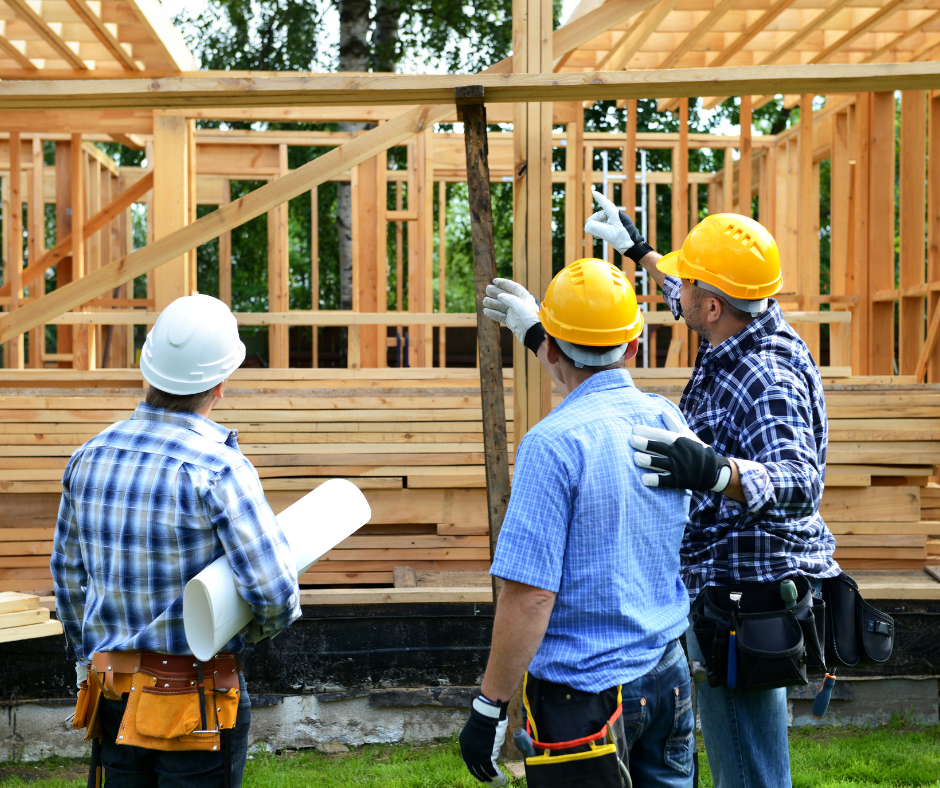Construction Loans vs Standard Home Loans in NSW
7th October, 2025
If you’re planning to build your dream home or undertake a major renovation, a construction loan could be the right option. Unlike standard home loans, construction loans are specially designed to finance building projects. Let’s dive into how they work, how they differ from regular loans, and when renovation loans might be more appropriate.
What is a Construction Loan?
A construction loan is a type of home loan specifically for building a new property or making significant renovations. Unlike standard home loans, where you receive the full loan amount upfront, a construction loan is disbursed in stages, based on the progress of your build. These payments are made directly to your builder at each key milestone in the construction process.
How Does a Construction Loan Work?
Construction loans are typically divided into five stages:
- Slab – Foundation and plumbing.
- Frame – Structure and roofing.
- Lockup – External walls, doors, and windows.
- Fit-out – Electrical, plumbing, and interior installations.
- Completion – Final touches and cleaning.
After each stage, your builder submits an invoice. Then, your lender may arrange an inspection before releasing funds. This ensures that construction is proceeding as planned.
During the construction phase, you’ll generally make interest-only repayments. This means you’ll only pay interest on the amount drawn down, not the full loan amount, making your repayments lower until the build is complete.
Construction Loans vs. Standard Home Loans
The key difference between a construction loan and a standard home loan is the payment structure. With a regular home loan, the full amount is disbursed at settlement, and you begin paying interest on the total loan immediately. However, with a construction loan, funds are released progressively. This means you pay interest only on the money used so far, which can help with cash flow.
Once construction is complete, your loan will typically shift from interest-only to principal-and-interest repayments—either automatically or by refinancing, depending on your loan terms.
What About Renovation Loans?
If you’re not building a new property but planning a renovation, a construction loan may still be suitable. However, for smaller-scale renovations, you might want to consider a renovation loan or a line of credit. It’s important to assess the scale of your project and talk to your lender to determine the best option.
Things to Consider Before Applying
Before applying for a construction loan, you’ll need to ensure you have:
- A fixed-price building contract.
- Council-approved plans and specifications.
- Builder’s insurance and relevant documentation.
- A qualified and licensed builder.
Lenders may also require a valuation of your building plans. Typically, you’ll need a deposit of around 20% of the project value, although this can vary between lenders.
Construction projects often come with unexpected costs and delays, so it’s wise to have a contingency plan and extra funds set aside for unforeseen expenses.
How We Can Help
At Bangalow Conveyancing, we help clients navigate the complexities of construction loans in the Northern Rivers, including Lismore, Ballina, Byron Bay, Murwillumbah and more. Whether you’re building from the ground up or undertaking a major renovation, our expert team provides support every step of the way.
For additional guidance on building or renovating your home, visit YourHome, an excellent resource provided by the Australian Government for planning your project.
If you found this blog helpful, don’t forget to check out our other informative blogs.



